
Fish for Tomorrow: Bahamian Fisheries in a Changing Climate
Top: Name, Name and Name—Bahamian fishers featured in Fish for Tomorrow; Bottom Left: Aerial view of Sandy Point, Abaco; and Bottom Right: Aerial view of
Scroll down to view posts

Top: Name, Name and Name—Bahamian fishers featured in Fish for Tomorrow; Bottom Left: Aerial view of Sandy Point, Abaco; and Bottom Right: Aerial view of
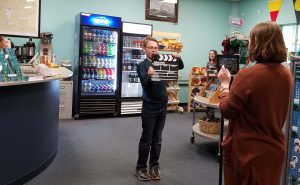
A group of fifth-grade students from Alpena, Michigan created a movie to help everyone understand why marine debris is a problem and to offer ideas about how they can contribute toward solutions.
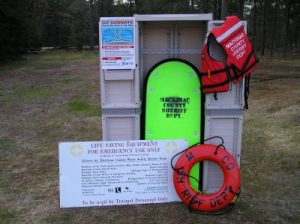
Great Lakes Sea Grant programs and a network of Great Lakes-region partners are promoting a new water safety campaign, Be Current Smart.
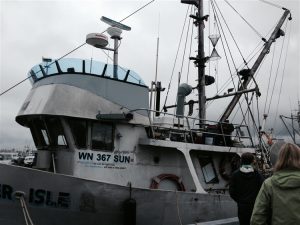
Sea Grant works with coastal communities to ensure that boaters on the water for fun and for work are knowledgeable and out of harm's way.
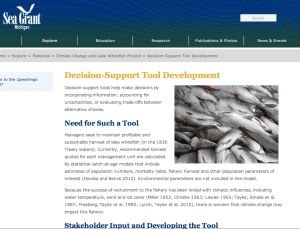
Decision-support tools to help make decisions on managing a key fishery by incorporating information, accounting for uncertainties, or evaluating trade-offs between alternative choices.
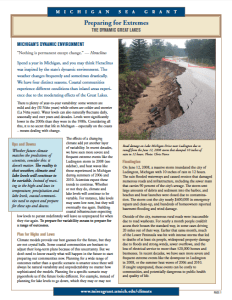
Four fact sheets addressing distinction between weather and climate, preparing for extreme conditions, variable lake levels, and climate variability
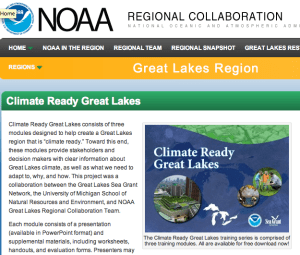
Climate Ready Great Lakes consists of three modules designed to help create a Great Lakes region that is “climate ready”.
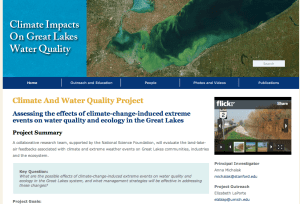
The Climate and Water Quality diagram is used for public outreach to show interaction of climate, water quality, land use and invasive species.
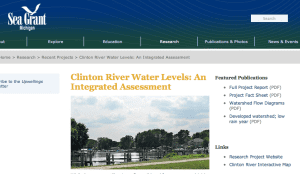
An integrated assessment research project and deliverables to support Clinton River watershed decision-makers in water resources management.
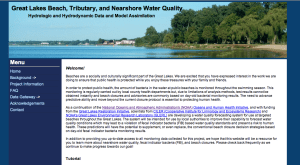
The Great Lakes Beach, Tributary, and Nearshore Water Quality: Hydrologic and Hydrodynamic Data and Model Assimilation website hosts a water quality forecasting system for use at targeted beaches throughout the Great Lakes.
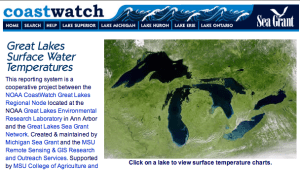
Michigan Sea Grant has created a customized user interface for the NOAA CoastWatch data reporting system, evolving as a cooperative project between the NOAA CoastWatch Great Lakes Regional Node (NOAA GLERL) and the Great Lakes Sea Grant Network.
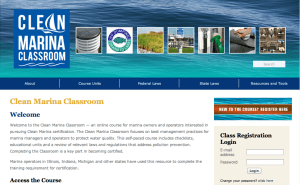
With funding from the Great Lakes Integrated Sciences and Assessments center, Michigan Sea Grant led a team in developing a new unit for the Clean Marina Classroom (an online training tool for marina, harbor and boatyard operators in pursuing Clean Marina certification).
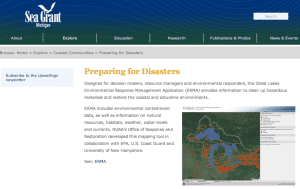
Michigan Sea Grant website to host Great Lakes Environmental Response Management Application (ERMA) tool, an online mapping tool for coastal pollution cleanup, restoration, and response efforts in the Great Lakes Basin, from Minnesota to New York in the United States and from Ontario to Quebec in Canada.
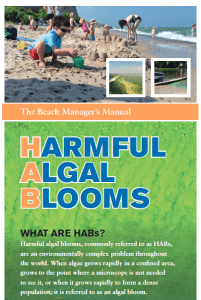
This beach manager’s manual provides the latest information and management strategies for harmful algal blooms, type E botulism outbreaks, and other topics in the future.
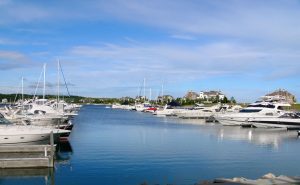
The Green Marina Education and Outreach Project has resulted in 69 Clean Marina certifications, approximately 5,000 best management practices implemented, and more than 2,200 individuals participating in Clean Marina workshops. Michigan Sea Grant coordinated the project in partnership with Wisconsin and Ohio Sea Grant programs.
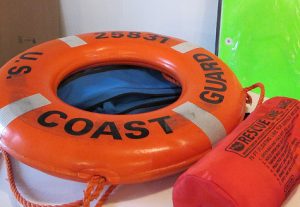
Elizabeth LaPorte works with colleagues at U-M and MSU to ensure the alignment of Sea Grant’s activities with the mission of the National Sea Grant College Program and the needs of Michigan’s stakeholders. She identifies opportunities to leverage research through public outreach and education.
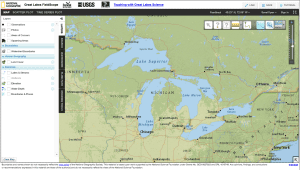
If you were to pour a bucket of water in your yard, where would the water end up? Great Lakes FieldScope is a new interactive mapping tool that will help explore what happens to that water. Students, teachers, and nature enthusiasts can share and analyze real-world data, including observations they took themselves!
To ensure seafood safety, the FDA established strict regulations for handling seafood that requires all seafood processors to undergo training in the principles of Hazard Analysis and Critical Control Point (HACCP). Sea Grant helps them get the training they need.